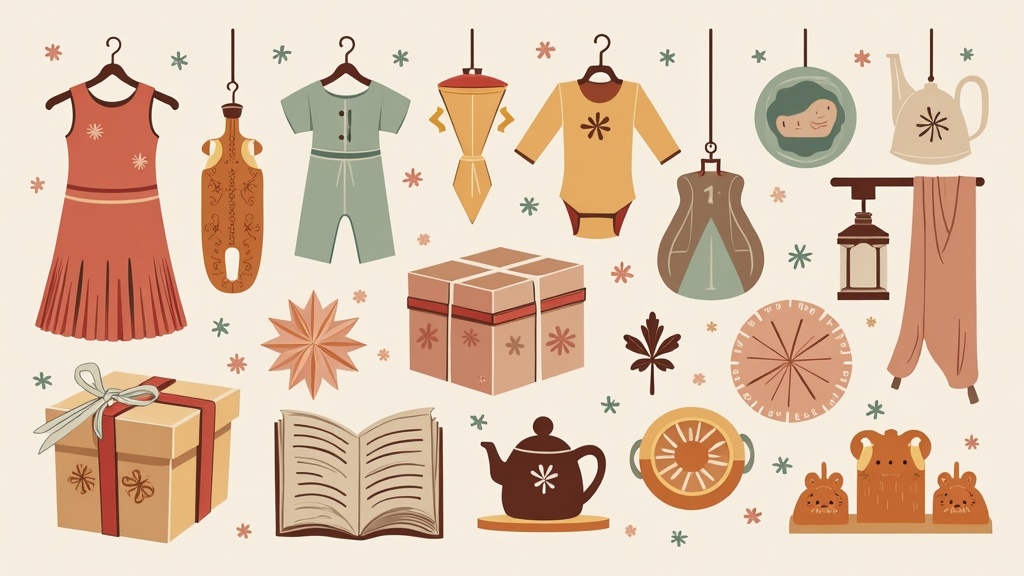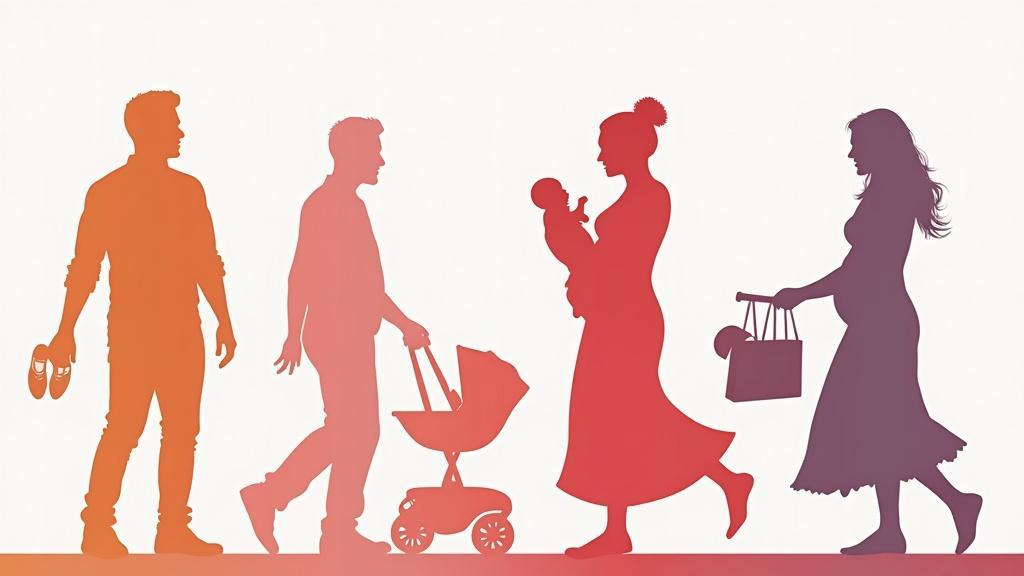Infant pacifiers, also known as soothers or dummies, are small, nipple-shaped devices designed to be sucked on by babies. They are typically made of silicone or latex and come in various shapes and sizes. Pacifiers work by providing babies with a source of comfort and soothing. When babies suck on a pacifier, it triggers a natural sucking reflex that can help them relax and feel secure.
Key Takeaways
- Infant pacifiers are small, nipple-shaped objects designed to soothe and calm babies.
- Using pacifiers can provide benefits such as reducing crying and promoting sleep.
- However, pacifiers can also have negative effects such as dental problems and dependence.
- To use pacifiers safely, choose the right size and shape, and avoid attaching them to strings or cords.
- It’s important to wean your baby off pacifiers gradually and monitor their oral development and sleep patterns.
The Pros of Using Infant Pacifiers: Soothing and Calming Benefits for Babies
Using pacifiers can have several benefits for babies. One of the main advantages is that pacifiers can help babies self-soothe. Sucking on a pacifier can provide a sense of comfort and security, helping babies to calm down and relax. This can be especially helpful during times of stress or when babies are feeling fussy.
Pacifiers can also reduce crying and fussiness in babies. The act of sucking on a pacifier can help to distract babies from any discomfort they may be experiencing, such as teething pain or gas. It can also help to satisfy their natural sucking reflex, which can be particularly strong in infants.
Furthermore, pacifiers can help babies fall asleep. Many parents find that giving their baby a pacifier before bedtime or naptime can help to soothe them and promote sleep. The sucking motion can be comforting and relaxing for babies, making it easier for them to drift off to sleep.
The Cons of Using Infant Pacifiers: Potential Risks and Negative Effects
While there are benefits to using pacifiers, there are also potential risks and negative effects to consider. One concern is nipple confusion in breastfed babies. Some experts believe that introducing a pacifier too early can cause confusion for breastfed babies, as they may have difficulty differentiating between the nipple of the pacifier and the nipple of the breast. This can lead to difficulties with breastfeeding and may result in a decreased milk supply.
Another potential risk is dental problems. Prolonged pacifier use, especially beyond the age of two, can affect the alignment of a child’s teeth and the development of their jaw. The constant sucking motion can cause the front teeth to push forward, leading to an overbite or other dental issues. It is important to monitor your child’s pacifier use and consult with a dentist if you have concerns about their dental health.
Additionally, pacifiers can become a habit that is hard to break. Some babies become dependent on their pacifiers for soothing and may have difficulty self-soothing without them. This can make it challenging for parents to wean their child off the pacifier when the time comes.
Safety Considerations: How to Choose and Use Pacifiers Safely
| Safety Considerations | Guidelines |
|---|---|
| Choose the right size and shape | Look for pacifiers that are appropriate for your baby’s age and mouth size. The shield should be at least 1.5 inches across to prevent choking. |
| Check for signs of wear and tear | Inspect the pacifier regularly for cracks, tears, or other damage. Replace it immediately if you notice any signs of wear and tear. |
| Keep it clean | Wash the pacifier with soap and water before each use. Sterilize it in boiling water or a sterilizer at least once a day. |
| Don’t use a pacifier as a substitute for feeding | A pacifier should never be used to delay or replace a feeding. It should only be used to soothe a baby between feedings. |
| Don’t attach a pacifier to a string or ribbon | Attaching a pacifier to a string or ribbon can be a choking hazard. Instead, use a pacifier clip that attaches to clothing. |
| Monitor your baby while using a pacifier | Always keep an eye on your baby while they are using a pacifier. Remove it immediately if it becomes damaged or if your baby falls asleep with it in their mouth. |
When using pacifiers, it is important to prioritize safety. Here are some safety considerations to keep in mind:
1. Look for pacifiers that are the right size and shape for your baby’s mouth. Pacifiers should be age-appropriate and fit comfortably in your baby’s mouth without posing a choking hazard.
2. Choose pacifiers that are made of safe materials. Look for pacifiers that are BPA-free and meet safety standards. Avoid pacifiers with small parts that could break off and pose a choking hazard.
3. Always supervise your baby when they are using a pacifier. Never leave your baby unattended with a pacifier, especially when they are sleeping or in their crib.
Pacifier Dependence: How to Avoid Overuse and Wean Your Baby Off Pacifiers
To avoid overuse and help your baby gradually wean off pacifiers, here are some tips:
1. Start by limiting pacifier use to specific times, such as naptime or bedtime. This can help your baby associate pacifiers with sleep and make it easier to eventually eliminate them altogether.
2. Gradually reduce the amount of time your baby spends with a pacifier. For example, if your baby typically uses a pacifier for an hour before bedtime, try reducing it to 45 minutes, then 30 minutes, and so on.
3. Offer alternative comfort measures, such as a favorite stuffed animal or blanket, to help your baby transition away from pacifiers. Providing other sources of comfort can help your baby learn to self-soothe without relying on a pacifier.
Oral Development: How Pacifiers Can Affect Your Baby’s Teeth and Speech

Pacifiers can have an impact on your baby’s oral development. Prolonged pacifier use can lead to dental problems, such as misaligned teeth or an overbite. The constant sucking motion can cause the front teeth to push forward, potentially affecting the alignment of the jaw as well.
In terms of speech development, pacifiers can also have an impact. Babies who use pacifiers for prolonged periods may have difficulty forming certain sounds and pronouncing words correctly. This is because the constant presence of a pacifier in the mouth can interfere with the natural movements and muscle coordination required for speech development.
Sleep and Pacifiers: Do They Help or Hinder Your Baby’s Sleep Patterns?
Pacifiers can have both positive and negative effects on a baby’s sleep patterns. On one hand, pacifiers can help babies fall asleep by providing a soothing and comforting sensation. The sucking motion can help babies relax and drift off to sleep more easily.
However, there is also a potential downside to using pacifiers for sleep. Some babies may become dependent on their pacifiers to fall asleep and may wake up when the pacifier falls out of their mouth during the night. This can lead to disrupted sleep patterns for both the baby and the parents.
Pacifiers and Breastfeeding: How Pacifiers Can Affect Your Baby’s Feeding Habits
The use of pacifiers can have an impact on a baby’s breastfeeding habits. Introducing a pacifier too early, before breastfeeding is well-established, can cause nipple confusion. This occurs when a baby has difficulty differentiating between the nipple of the pacifier and the nipple of the breast. This confusion can lead to difficulties with latching and sucking at the breast, potentially affecting milk supply and breastfeeding success.
It is generally recommended to wait until breastfeeding is well-established, typically around 4-6 weeks, before introducing a pacifier. This allows the baby to develop a strong breastfeeding relationship with their mother and reduces the risk of nipple confusion.
Pacifiers and SIDS: The Latest Research and Recommendations
There is evidence to suggest that pacifier use can reduce the risk of Sudden Infant Death Syndrome (SIDS). The American Academy of Pediatrics (AAP) recommends offering a pacifier at naptime and bedtime for infants up to one year old as a strategy to reduce the risk of SIDS.
The exact mechanism by which pacifiers reduce the risk of SIDS is not fully understood. However, it is believed that the sucking motion may help to keep the airway open and prevent obstruction during sleep. It is important to note that pacifiers should not be reinserted if they fall out during sleep, as this can increase the risk of SIDS.
Balancing the Pros and Cons of Using Infant Pacifiers for Your Baby
In conclusion, infant pacifiers can provide soothing and calming benefits for babies. They can help babies self-soothe, reduce crying and fussiness, and promote sleep. However, there are also potential risks and negative effects to consider, such as nipple confusion in breastfed babies, dental problems, and pacifier dependence.
When using pacifiers, it is important to prioritize safety by choosing the right size and shape for your baby’s mouth and selecting pacifiers made of safe materials. It is also important to supervise your baby when they are using a pacifier to prevent choking hazards.
If you decide to use pacifiers, it is important to be mindful of their potential impact on your baby’s oral development, sleep patterns, breastfeeding habits, and the risk of SIDS. By weighing the pros and cons and using pacifiers responsibly, you can make an informed decision that is best for your baby.



